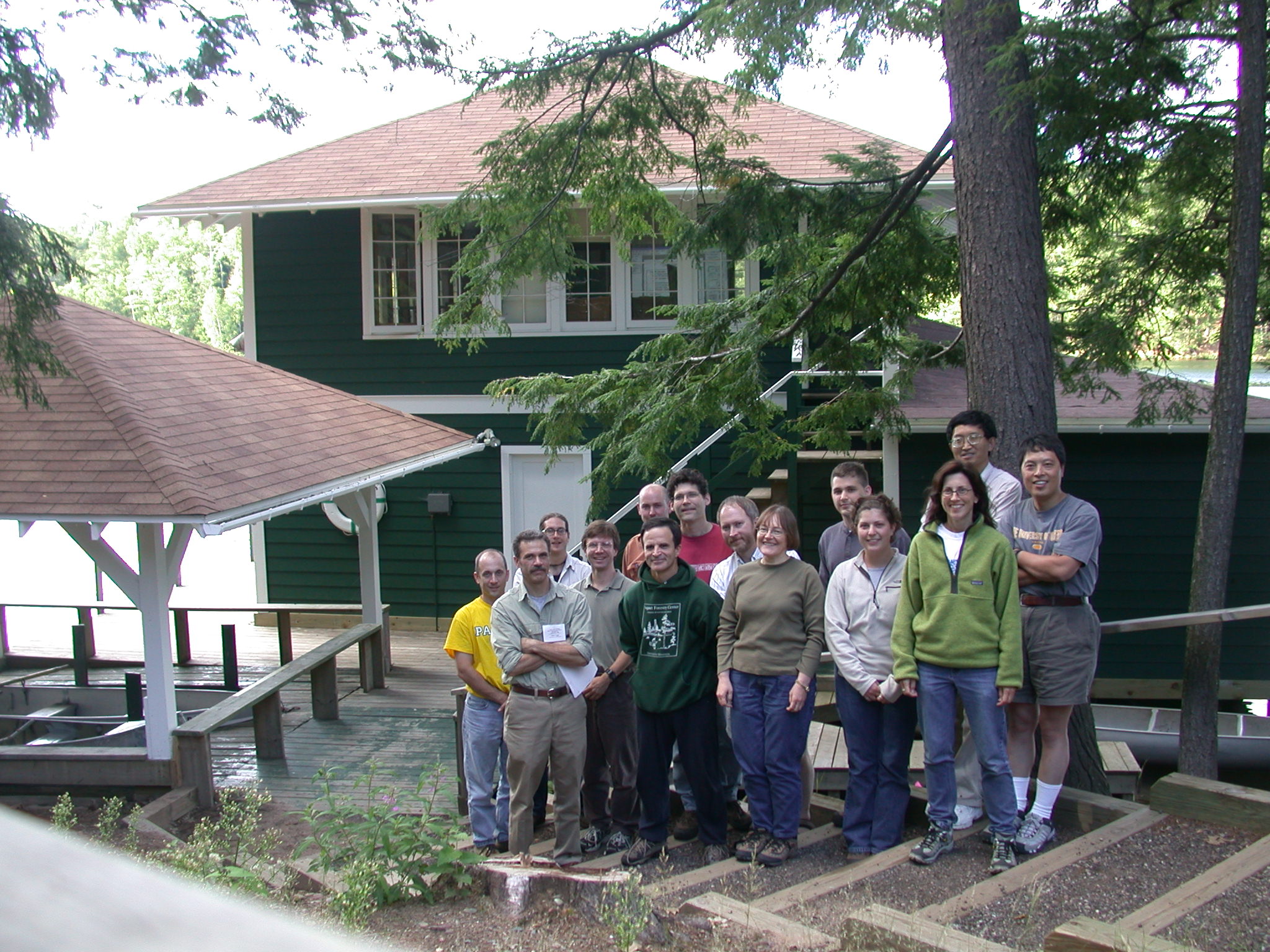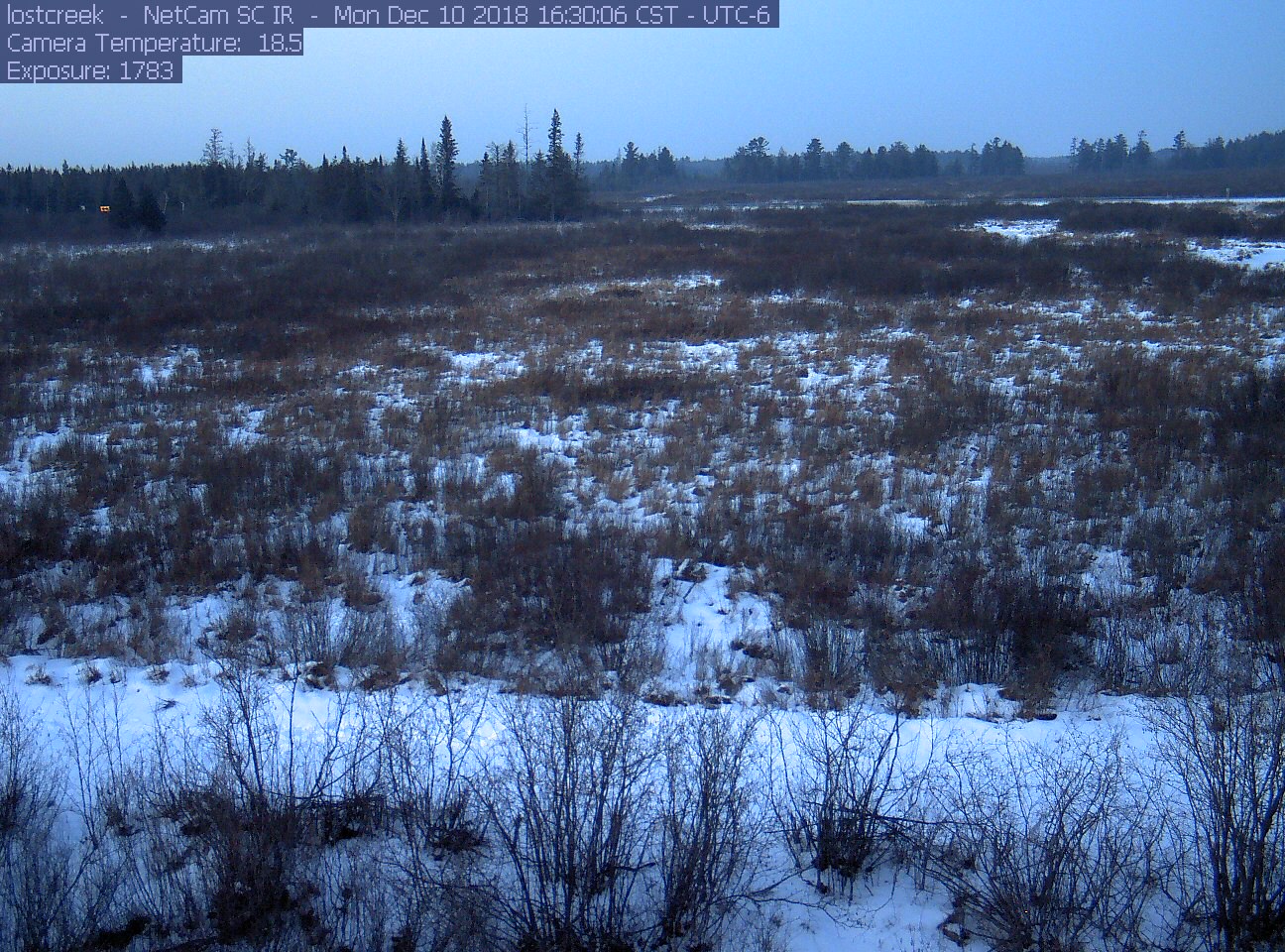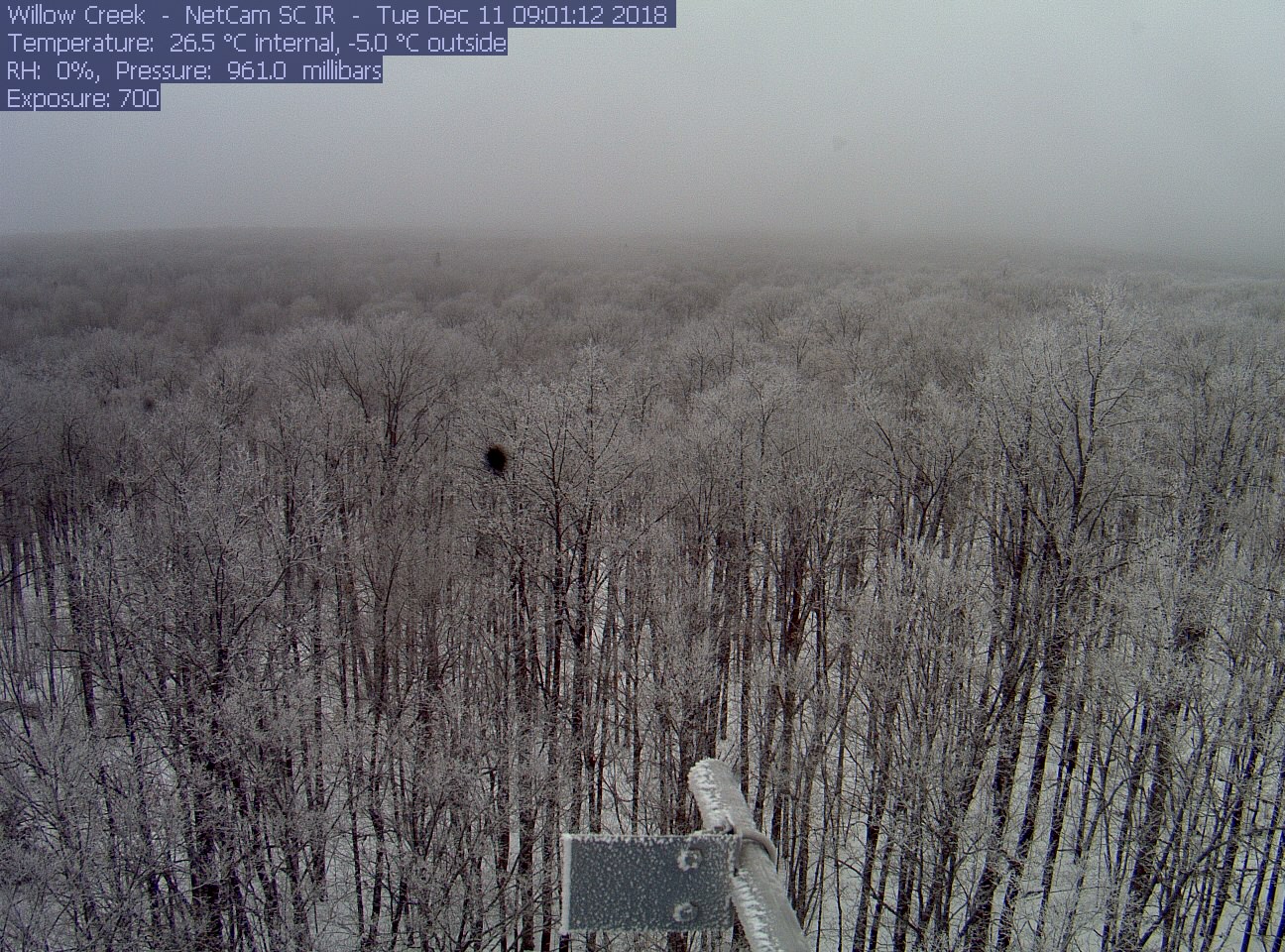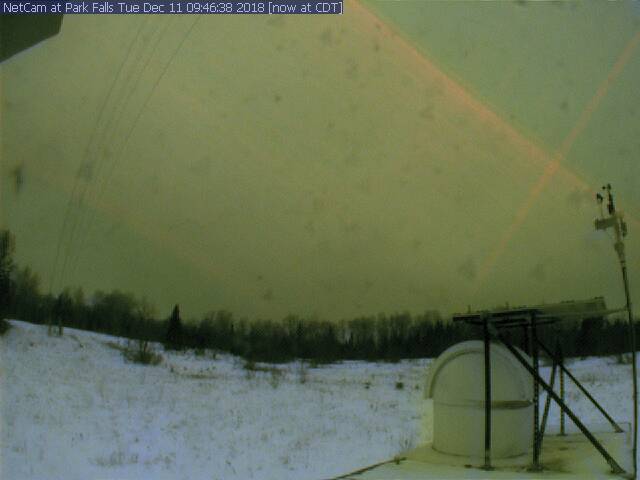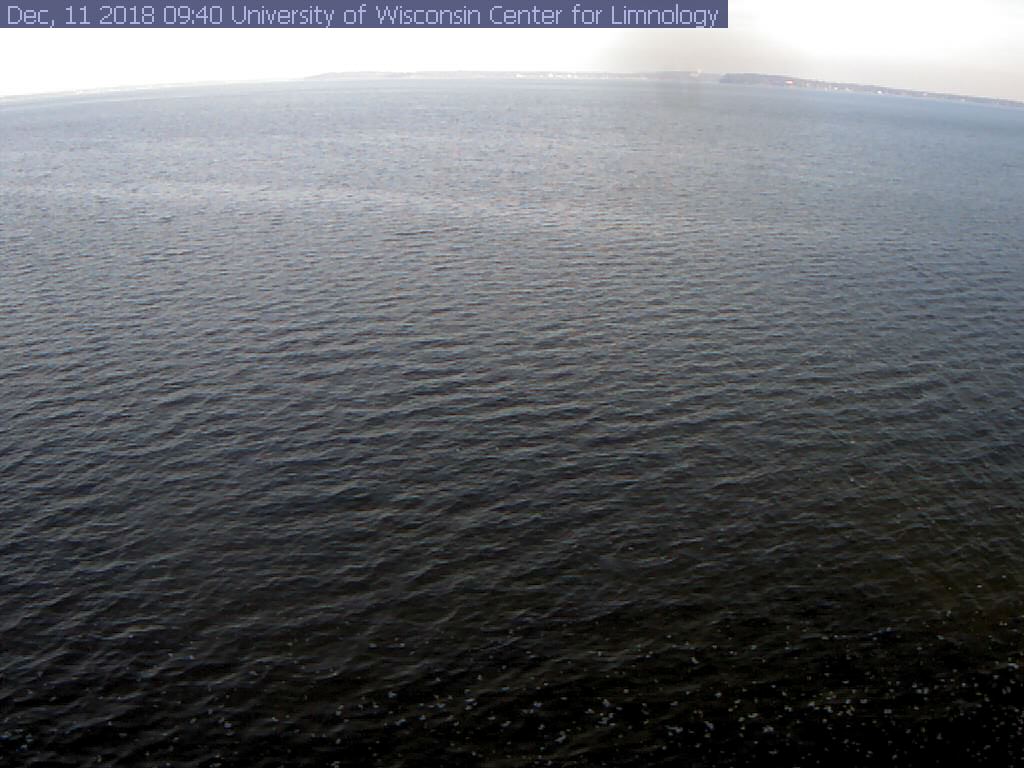ChEAS
Blue heron standing in wetland. Photo: Unsplash
The Chequamegon Ecosystem-Atmosphere Study (ChEAS) is a research cooperative that seeks to understand carbon and water cycles of terrestrial ecosystems at regional scales, using the Northwoods of Wisconsin as our study region. New projects have also focused on central and southern Wisconsin ecosystems.
PRINCIPAL INVESTIGATORS
Ankur Desai, UW AOS
Kenneth Davis, Penn State University
study area
The Chequamegon-Nicolet National Forest covers an area approximately 325,000 ha, and the dominant forest types are mixed northern hardwoods (85,000 ha), aspen (75,000 ha), and lowlands and wetlands (60,000 ha). Much of the area was logged, mainly for pine, during 1860-1920 and has since regrown. Human population density in the area is very sparse, approximately 5 people per square kilometer. The climate is cool continental, with a mean annual temperature of 4.1 C (-12.9 in January, 18.9 in July), and an average precipitation of 800 mm.
Overview
The Chequamegon Ecosystem-Atmosphere Study (ChEAS) is a multi-organizational research effort studying biosphere/atmosphere interactions within a northern mixed forest in Northern Wisconsin. A primary goal is to understand the processes controlling forest-atmosphere exchange of carbon dioxide and the response of these processes to climate change. Another primary goal is to bridge the gap between canopy-scale flux measurements and the global CO2 flask sampling network.
The ChEAS flux towers participate in AmeriFlux, and the region is an EOS-validation site. The WLEF tower is a NOAA-CMDL CO2 sampling site. ChEAS sites are primarily located within or near the Chequamegon-Nicolet National Forest in northern Wisconsin, with one site in the Ottawa National Forest in the upper peninsula of Michigan. Current studies observe forest/atmosphere exchange of carbon dioxide at canopy and regional scales, forest floor respiration, photosynthesis and transpiration at the leaf level and use models to scale to canopy and regional levels.
EOS-validation studies quantitatively assess the land cover of the area using remote sensing and conduct extensive ground truthing of new remote sensing data. Atmospheric remote sensing work is aimed at understanding atmospheric boundary layer dynamics, the role of entrainment in regulating the carbon dioxide mixing ratio profiles through the lower troposphere, and feedback between boundary layer dynamics and vegetation (especially via the hydrologic cycle). Airborne studies have included include balloon, kite and aircraft observations of the CO2 profile in the troposphere.
data
Data are available via the web at http://flux.aos.wisc.edu/twiki/bin/view/Main/ChEASData and http://cheas.psu.edu/data/
You can download entire directories from http using the wget utility
Data for the sun photometer are available by clicking http://aeronet.gsfc.nasa.gov/ and choosing Data, then the level of data quality you want, and finally select the Chequamegon site located in Central U.S. - Wisconsin.
Grafana Realtime Dashboard: http://flux.aos.wisc.edu/grafana/
Project news & events
Project gallery
Primary funding support
Department of Energy Office of Science, Ameriflux Network Management Project Support for UW ChEAS Cluster (US-Los,US-PFa,US-WCr,US-Syv, 2012-present); Wisconsin Dept of Natural Resources and Wisconsin Potato and Vegetable Growers Association Water Task Force (US-CS1 and US-CS2); NSF North Temperate Lakes LTER #DEB-1440297 and #DEB-0822700 and NSF AGS Postdoctoral Fellowship (US-Men and US-Pnp)
Other sources of funding
National Science Foundation, Biology Directorate, DEB-0845166 (US-PFa,US-Los 2008-2014) and ABI-1062204 (2011-2015) and ABI-1457897 (2015-2019) (modeling); Wisconsin Focus on Energy, EERD #10-06 (US-WCr 2009-2011); USDA North Central Research Station (US-WCr 2009-2010); Department of Energy, NICCR Midwest, 050516Z19 (US-Los 2007-2010); Department of Energy, Terrestrial Carbon Processes (US-Syv 2001-2006); NASA Carbon Cycle (Roving towers, WLEF biometry 2000-2004)
links
major Publications
Desai, A.R., 2010. Climatic and phenological controls on coherent regional interannual variability of carbon dioxide flux in a heterogeneous landscape. Journal of Geophysical Research-Biogeosciences, 115: G00J02 , doi:10.1029/2010JG001423.
Desai, A.R., Helliker, B.R., Moorcroft, P.R., Andrews, A.E., and Berry, J.A., 2010. Interannual variability in regional carbon fluxes from top-down and bottom-up perspectives. Journal of Geophysical Research-Biogeosciences, 115: G02011, doi:10.1029/2009JG001122.
Vasys, V.N., Desai, A.R., McKinley , G.A., Bennington, V., Michalak, A.M., and Andrews, A.E., 2011. Influence of large lake carbon exchange on regional tracer transport inversions. Environmental Research Letters, 6 034016 doi:10.1088/1748-9326/6/3/034016.
Yi, C., et al. (151 authors include Desai, A.R.), 2010. Climate control of terrestrial carbon exchange across biomes and continents. Environmental Research Letters, 5, 034007, doi:10.1088/1748-9326/5/3/034007.



